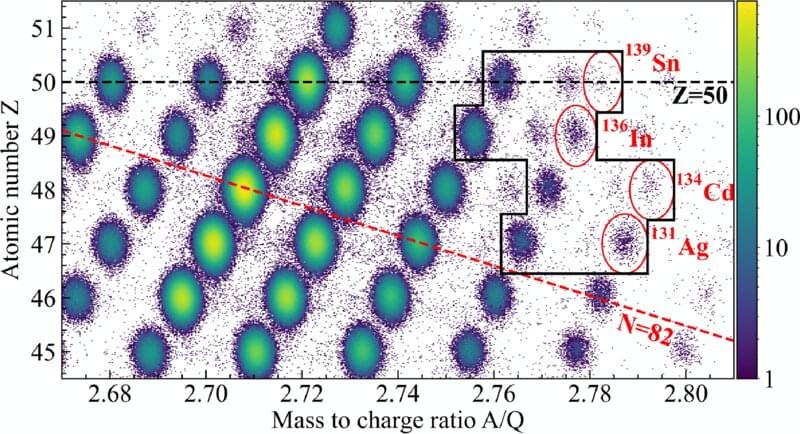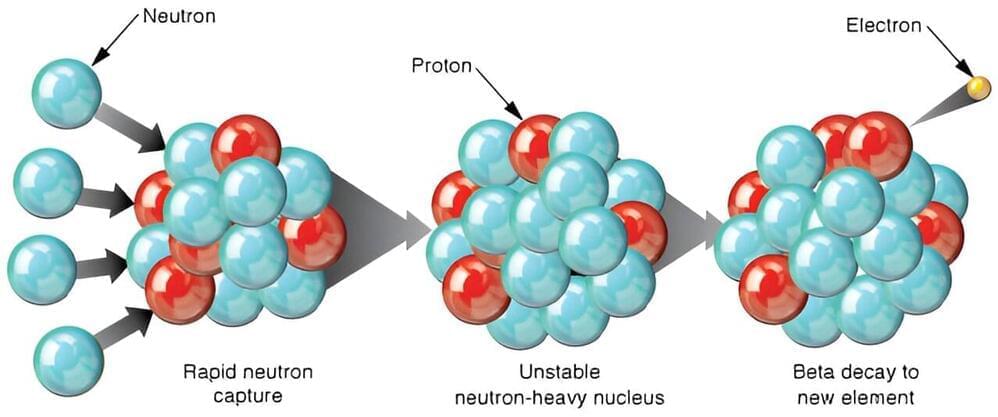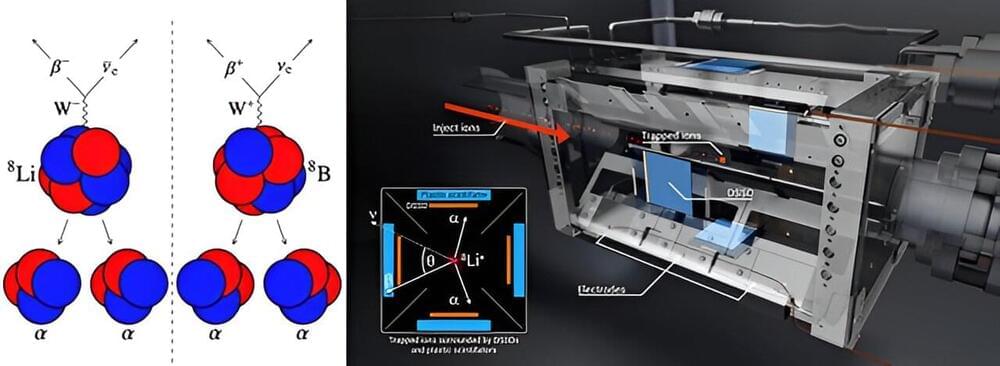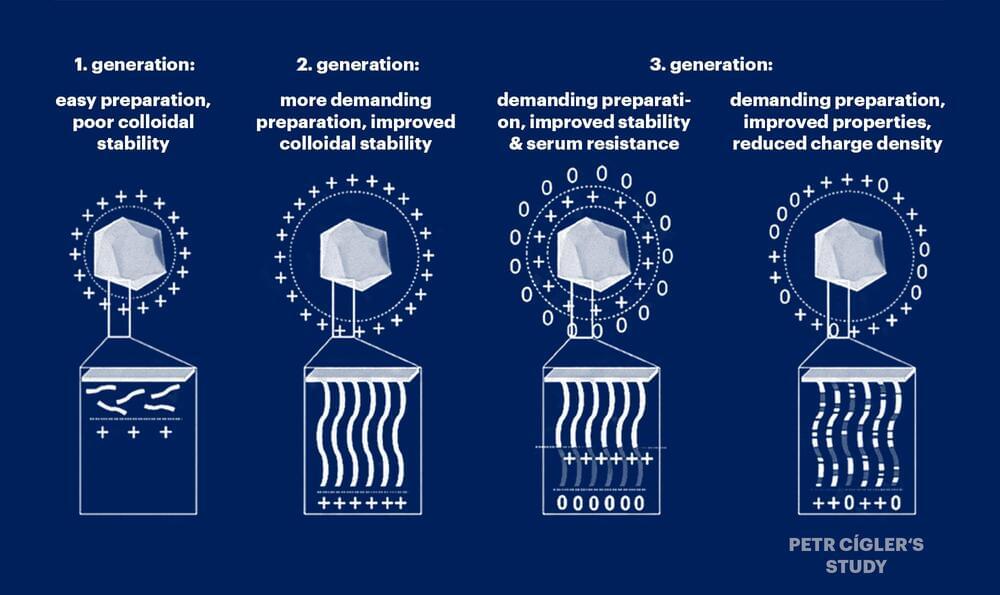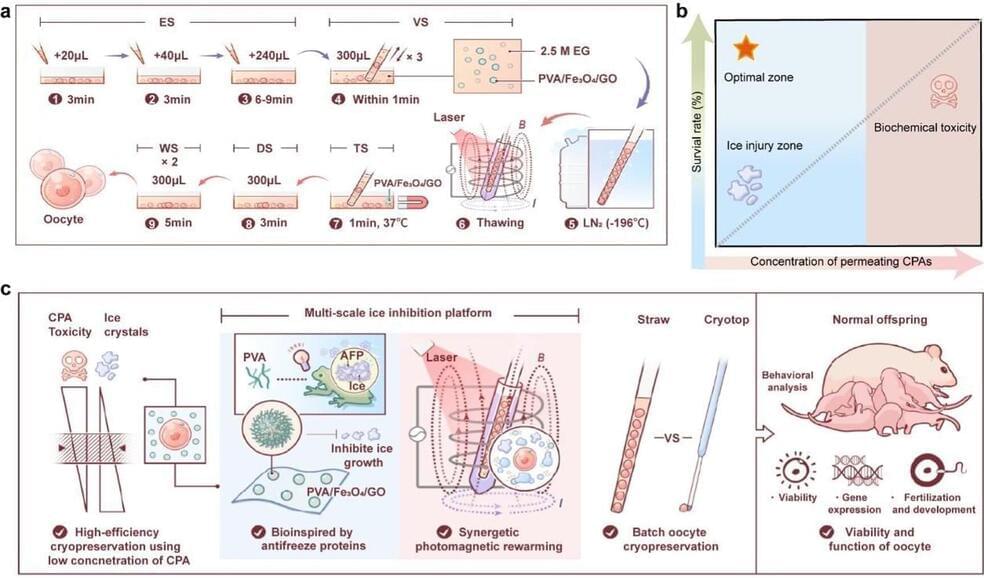May 15, 2024
Neutron-rich nuclei reveal how heavy elements form
Posted by Dan Breeden in categories: cosmology, nuclear energy, physics
Models for how heavy elements are produced within stars have become more accurate thanks to measurements by RIKEN nuclear physicists of the probabilities that 20 neutron-rich nuclei will shed neutrons.
Stars generate energy by fusing the nuclei of light elements—first hydrogen nuclei and then progressively heavier nuclei, as the hydrogen and other lighter elements are sequentially consumed. But this process can only produce the first 26 elements up to iron.
Another process, known as rapid neutron capture, is thought to produce nuclei that are heavier than iron. As its name suggests, this process involves nuclei becoming larger by rapidly snatching up stray neutrons. It requires extremely high densities of neutrons and is thus thought to occur mainly during events such as mergers of neutron stars and supernova explosions.
